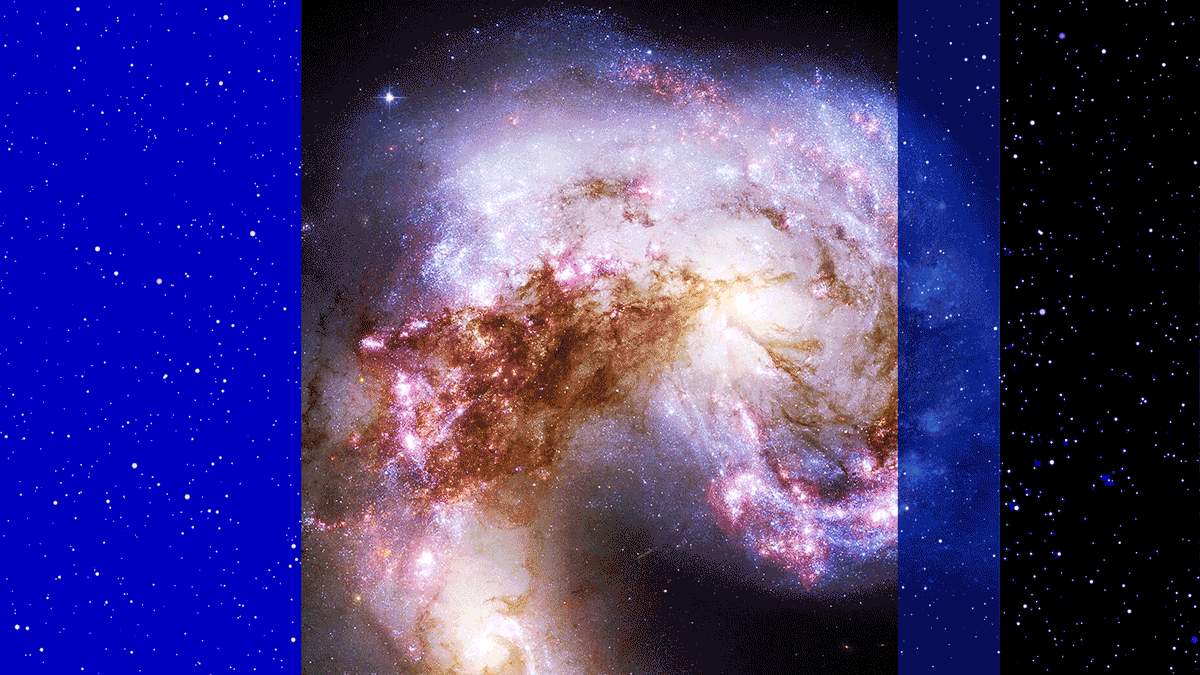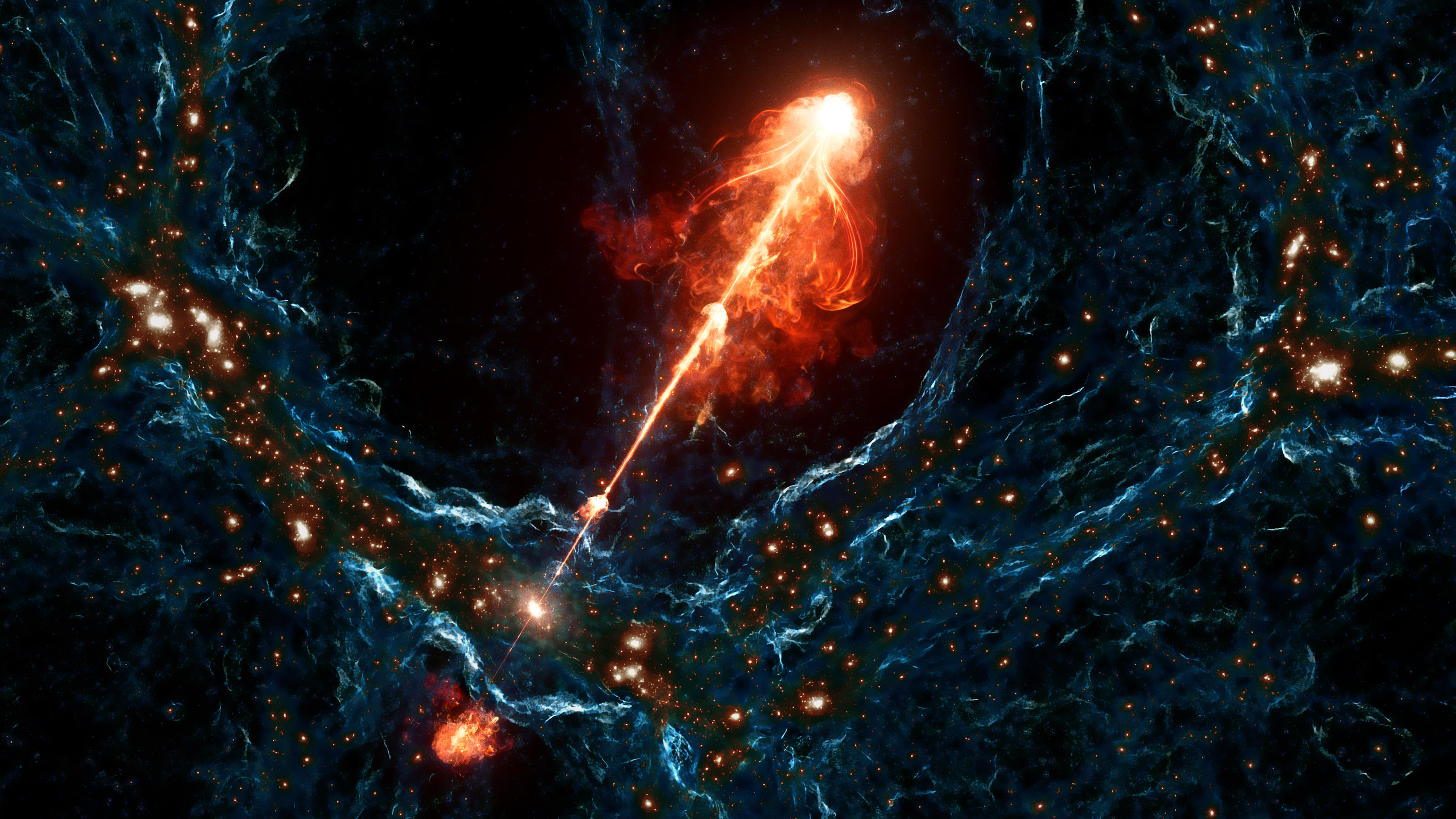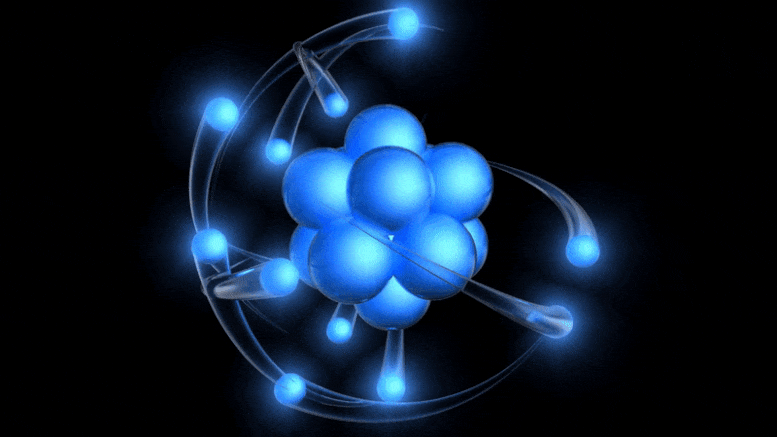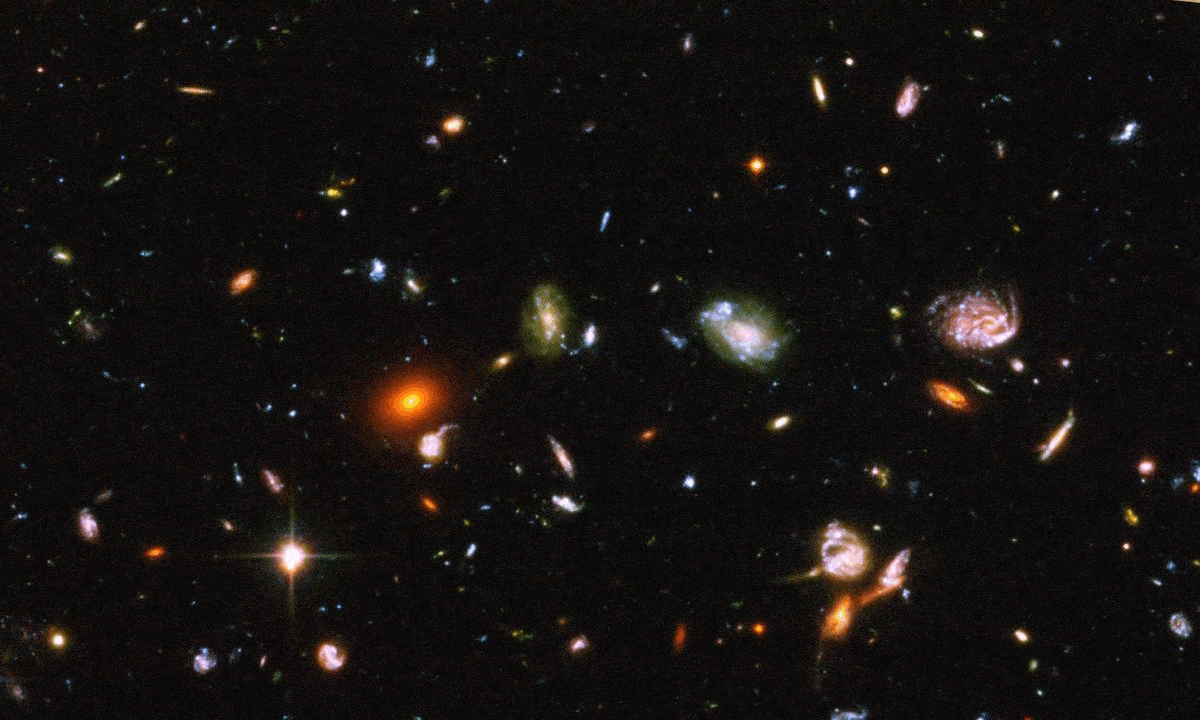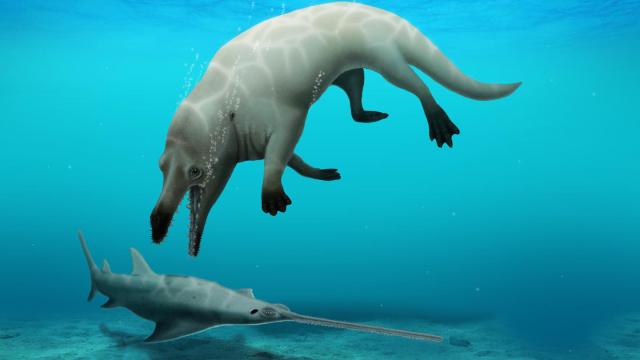HR diagram: how we learned that stars evolve

Credit: Peter Jurik / Adobe Stock
- Just like you and me, stars change over time.
- By studying the characteristics of stars, like their temperature and luminosity, astrophysicists figured out how stars evolve over time.
- This amazing insight is the primary lesson of the Hertzsprung-Russell (HR) diagram.
Human beings, as the species Homo sapiens, have been around for about 300,000 years. That turns out to be about 100 million nights during which somebody, somewhere looked up at the dark sky and asked, “What are those twinkly lights?”
Given all those nights and all those people asking pretty much the same question, it is pretty remarkable that we happen to live in one of the first generations that actually knows the answer. Here in the 21st century, we know for sure what stars are, and a key reason we have that knowledge is because of a little something called the HR diagram. Over the summer, I wrote two other posts on what I called the “most important graph in astrophysics.” Today, I want to finish the series by explaining how the HR diagram shows us how stars age and evolve.
Stellar evolution: a star’s life cycle
You can read the first and second posts here and here, respectively. But for completeness, let’s restate that the HR diagram is a plot with stellar luminosity (L for energy output) on the vertical axis and stellar surface temperature (T for temperature) on the horizonal axis. In the previous posts, we learned that when you measure L and T for a bunch of stars and then drop them onto this kind of plot, you find the majority of the points fall on a thick diagonal band running from high stellar luminosity and temperature (high L and T) to low stellar luminosity and temperature (low L and T). That band is what astronomers call the Main Sequence, and its discovery in the HR diagram was key to understanding what stars were and how they shined.
What the Main Sequence revealed were stars in their long middle age. Middle-aged stars (meaning stars in between their relatively short birth and death phases) support themselves against their own crushing, titanic gravity by releasing energy through fusion reactions in their hot, dense cores. Hydrogen nuclei are fused into helium nuclei, giving up a little energy along the way through good ol’ E = mc2.
As long as there is hydrogen to burn in the core, a star is stable, happy, and free to shine its brilliance into the dark night of space. Luckily stars have lots of hydrogen to burn. A star like the sun contains about a billion billion billion tons of hydrogen gas. That translates into about 10 billion years of life on the Main Sequence. But a billion billion billion tons of gas is not infinite. Eventually, the hydrogen fusion party must end. The star will run out of fuel in the core, and that is when it stops being middle-aged.
How the HR diagram depicts stellar evolution

What happens next is also revealed by the HR diagram, which once again, is why it is the most important graph in astrophysics. When astronomers first started dropping their stars onto the diagram more than 100 years ago, they saw not only the Main Sequence but also stars clustered in other places. There were lots of moderately bright stars with low temperatures (high L and low T). There were also lots of really, really bright stars with even lower temperatures (very high L and lower T). Using the laws of physics associated with hot glowing matter, astronomers could derive the sizes of these bright cool stars and found that they were much bigger than the sun. They identified giant stars (the bright ones), which were 10 times the size of the sun, and supergiants (the really, really bright ones), which were 100 times the size of the sun.
These various kinds of giant stars on the HR diagram were the all-important evidence for the evolution of stars. Stellar properties were not static. They aged and changed just like we did. Astrophysicists eventually saw that the evolution of a star on the HR diagram was driven by the evolution of nuclear burning in its core. As researchers got better at modeling what happens within stars as they age, they came to see that after the hydrogen fuel runs out in the core, gravity begins to crush what is left: inert helium “ash.”
Eventually, the gravitational squeeze drives temperatures and densities in the core high enough to ignite the helium ash, allowing the helium nuclei to fuse into carbon nuclei. These internal changes rearrange the outer layers of the star, making them swell and bloat — first into the giants, and then into the supergiants. The details of why they get so large are complicated and require lots of detailed calculations (done with computers). What matters for us is that what comes out of those calculations are evolutionary tracks across the HR diagram. The tracks are predictions, telling astronomers how changes in a star’s nuclear burning history will manifest in it its luminosity and temperature which, in turn, translates into how it will move across the HR diagram over time.
The changes for actual stars are too slow to watch over a human lifetime. But by taking measurements of lots of random stars (meaning they are at random points in their evolution), we can find the older ones in their giant or supergiant phases. Then, via some statistics, astronomers can then see if their theoretical evolutionary tracks match what they see in the HR diagram. The answer is a resounding yes.
So not only do we know what stars are (big balls of mostly hydrogen gas with a fusion furnace in the core), but we also know exactly how those luminous spheres evolve across billions of years of cosmic history — including lighting up the nights for a remarkable planet that is home to some remarkable hairless monkeys.
